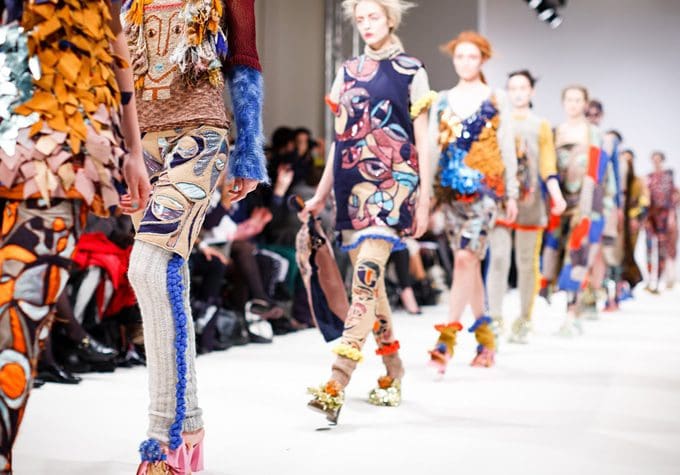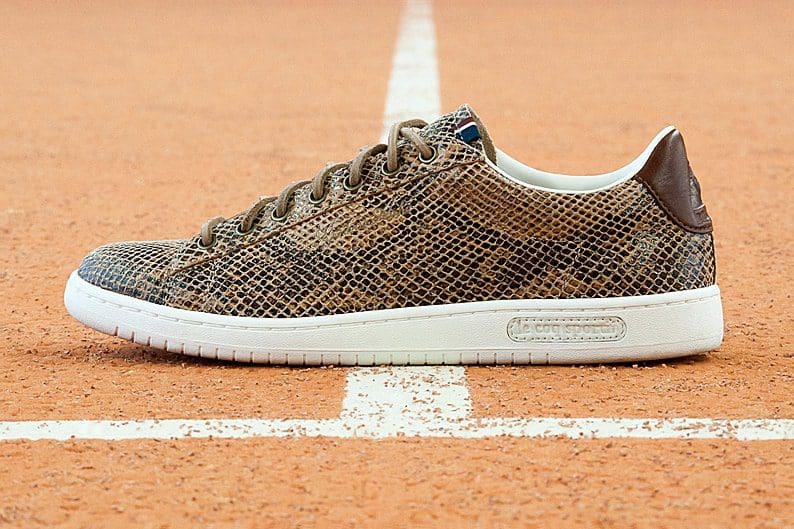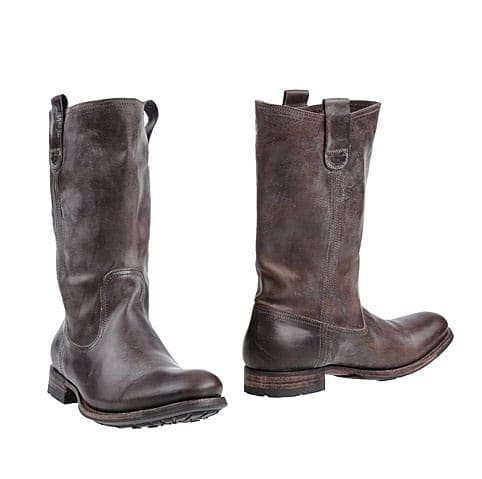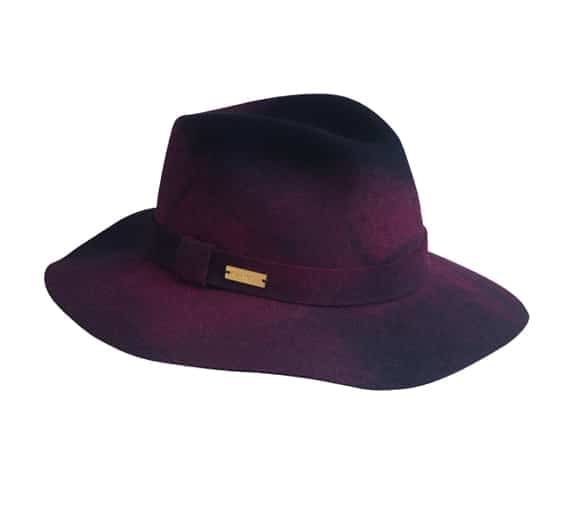words Alexa Wang
Despite its pretty facade, the fashion industry is actually one of the top five drivers of pollution and climate change. Consumers are becoming more aware of how their clothing choices affect their carbon footprint. The resulting demand for eco-conscious clothing has resulted in a plethora of organic options – from ethically-sourced jewelry to sustainable bras.
Resist the urge to toss out your wardrobe and replace it with only sustainable pieces. The true purpose of a sustainable wardrobe is to reduce overall consumption by purchasing fewer pieces. In addition to slowly replacing worn out clothing with higher-quality more sustainable items, you can also increase the sustainability of the clothing you already have.

Change Your Shopping Habits
The average American shopper wears a new item of clothing fewer than a dozen times before throwing it out. This collectively introduces more than 14 million additional tons of waste into the world’s landfills.
Fast fashion and its high turnover of trendy items is largely to blame for this phenomenon. By increasing fashion seasons from four to more than 50 per year, retailers encourage consumers to view their clothing purchases as disposable.
The slow fashion movement, with concepts like the capsule wardrobe, have arisen in response to this frenzied consumption. Adherents curate their pieces and ensure that every item goes seamlessly together.
There are many practical ways to incorporate slow fashion principles into your own wardrobe. For example, rather than shopping for pieces that can only be worn a quarter of the year, consider shifting to seasonless items. Learning how to dress for your body type will also help you build a unique and flattering wardrobe with only a few pieces.
Stretch the Life of Each Piece
Washing clothes properly is the best way to keep the piece vibrant and wearable for the foreseeable future.
When it’s laundry time, go a step above sorting your clothes by color. Divide the piles further by fabric make up.
If a piece contains a combination of fibers, follow the washing instructions for either the material that makes up the highest percentage or is the least durable. So that skirt that contains a smidge of cashmere should go right into the delicate cycle.
Even with the gentlest care, clothes will lose a bit of their sparkle after every wash. Reduce laundry loads by hanging clothing directly after wearing them. This allows the fabric to breathe. Spot-treat small stains instead of throwing the entire garment into the washing machine.
Stick to Classic Styles
Fast fashion thrives on producing the latest microtends and keeping customers constantly on the lookout for the next thing. Buying clothes this way results in a closet of virtually unwearable pieces, as the “in” items are out within a few weeks.
Move away from this throwaway approach to style and focus on timeless pieces. Another principle of the capsule wardrobe is selecting cuts and patterns that always look good – no matter what is showing up on the runway.
Having a wardrobe centered around classic basics also ensures each item passes the “30 wears” test. Most likely, you will get a lot more uses from a tailored neutral trouser than a pair of sequined culottes.
This doesn’t mean that your clothes should lack character either. If you love bright colors, infuse them into your wardrobe through versatile pieces like a flattering blouse or peacoat. Buying a few neutral bottoms and tops will add more cohesion to your pieces.
Buy Natural Fibers
If you do need to add a piece to your wardrobe, pay close attention to the labels. Fibers made from synthetic materials like polyester add toxic chemicals to the environment.
They are also not biodegradable, which means a sweater you wore only three times could hang around for the next 1,000 years. Not really worth it, huh?
While natural fibers are not without their downsides, prioritizing organic materials like wool, organic cotton, and bamboo significantly lowers a piece of clothing’s overall environmental impact.
There are also many semi-synthetic and fully synthetic materials that are produced in far more sustainable ways. Some examples include recycled polyester and lyocell.
Learn to Sew
Clothing repair and alteration is by far the most sustainable way to change up your wardrobe. Poor fit is one of the most common reasons clothing ends up in the bin or unworn. Tailoring is cheap and easy, even if you need to take your item to a professional. And as a bonus, you will end up with a garment completely fit to your shape!
Buying high-quality pieces made from natural fibers also makes them easier to repair. With just a little bit of patience, you can learn to restore a split seam or replace a lost button. If you’re really motivated, you can also repair small holes by patching up the weakened fabric.









